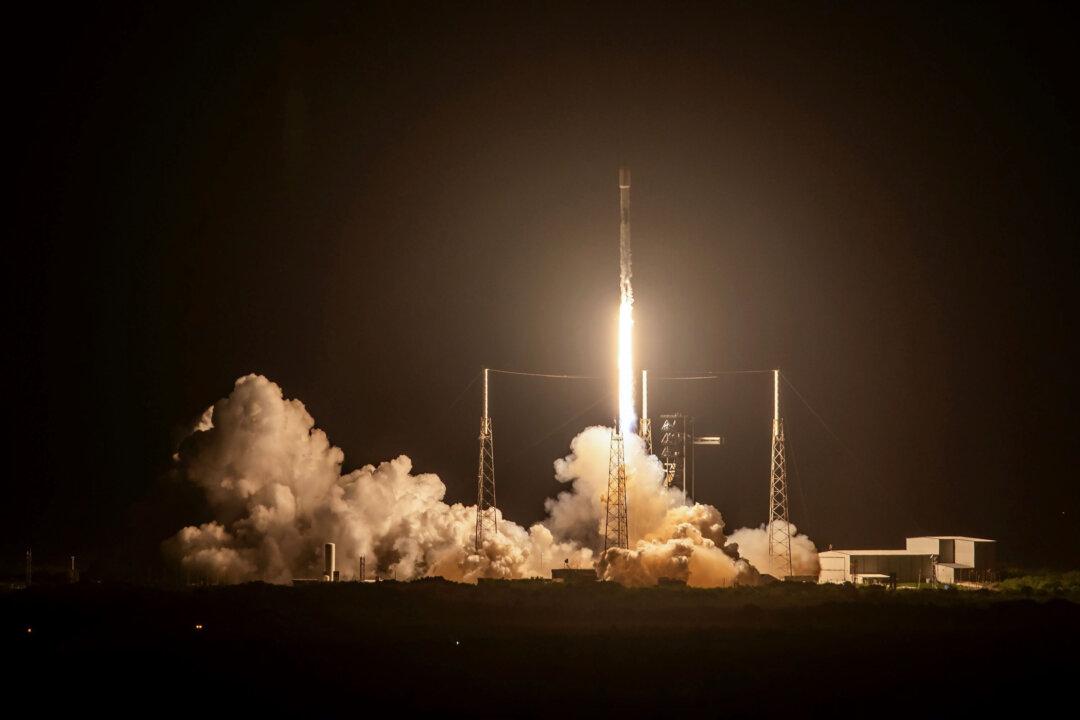The earth spun at its fastest speed on June 29, completing its shortest day and baffling scientists as to why this is happening.
The earth finished a spin 1.59 milliseconds earlier than the usual 24 hours on June 29 according to new measurements by the National Physical Laboratory in the UK. The rapid spin is in line with a trend observed in recent years. In 2020, earth registered its 28 shortest days since the 1960s when atomic clocks began to be used for accurate timekeeping. The shortest day in 2020 was recorded on July 19 when the earth completed its spin 1.47 milliseconds earlier.





